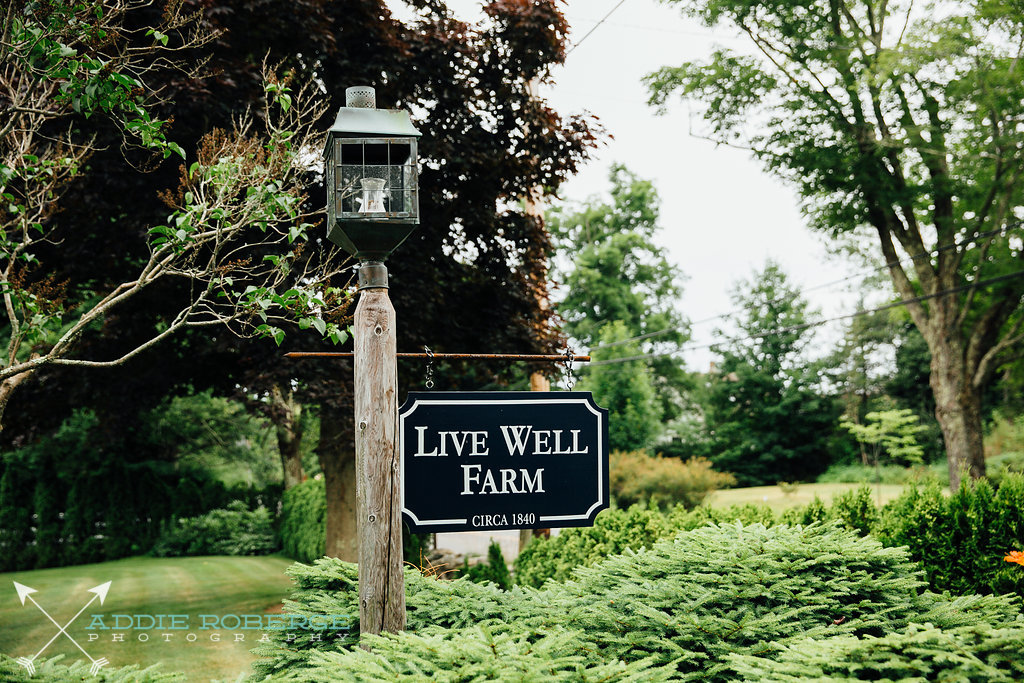3 Seating Arrangements: a breakdown of what they mean for you, your planning, and your guests
Photo by: Addie Roberge Photography
Hi friends!
3 years ago I posted, The Importance of an Organized Seating Plan, if you still need more guidance after reading this blog, check that one out!
-
Assigned seats
-
Assigned tables
-
Open seating
When you’re thinking about your guest experience, this decision can really change the way a guest experiences your day. It also changes the work you have to do. Here’s a breakdown of the 3 options, what they mean for you, your planning, and your guests:
A S S I G N E D S E A T S:
What it means: every guest will have a specific chair to sit in
Your work: create a very specific seating chart, develop escort cards and place cards
For you if:
-
you like an organized plan and enjoy the extra time that goes into determining exact seating (including the place cards)
-
You feel passionate about who should sit next to whom
-
You’re hoping guests will sit down to fully enjoy the meal
-
You’d like dinner to have a formal feel
A S S I G N E D T A B L E S:
What it means: your guests will be sent to their table, but will have the choice of where to sit at the table
Your work: create a general seating chart and develop escort cards
For you if:
-
You’d like certain guests to sit with each other, but it doesn’t matter exactly who they’re next to
-
You’d prefer a little less work (skip those place cards)
-
You’re hoping guests will sit down to fully enjoy the meal
O P E N S E A T I N G:
What it means: your guests can sit wherever they’d like
Your work: make sure there’s enough seats because not every chair will be filled (there’s a lot of factors with this one depending on your dinner plans) and choose a layout conducive of mingling
For you if:
-
You prefer a more casual affair
-
You’d rather guests mingle about and talk with more people
-
You’d like less stationery involved in your planning
-
Your guest list is really large
If you need help talking through these things or specifically talking about how to execute them well, be sure to fill out our form here and get in touch!
Happy Planning,
Cassie
| Site credit Karima Creative
Olive and co.
